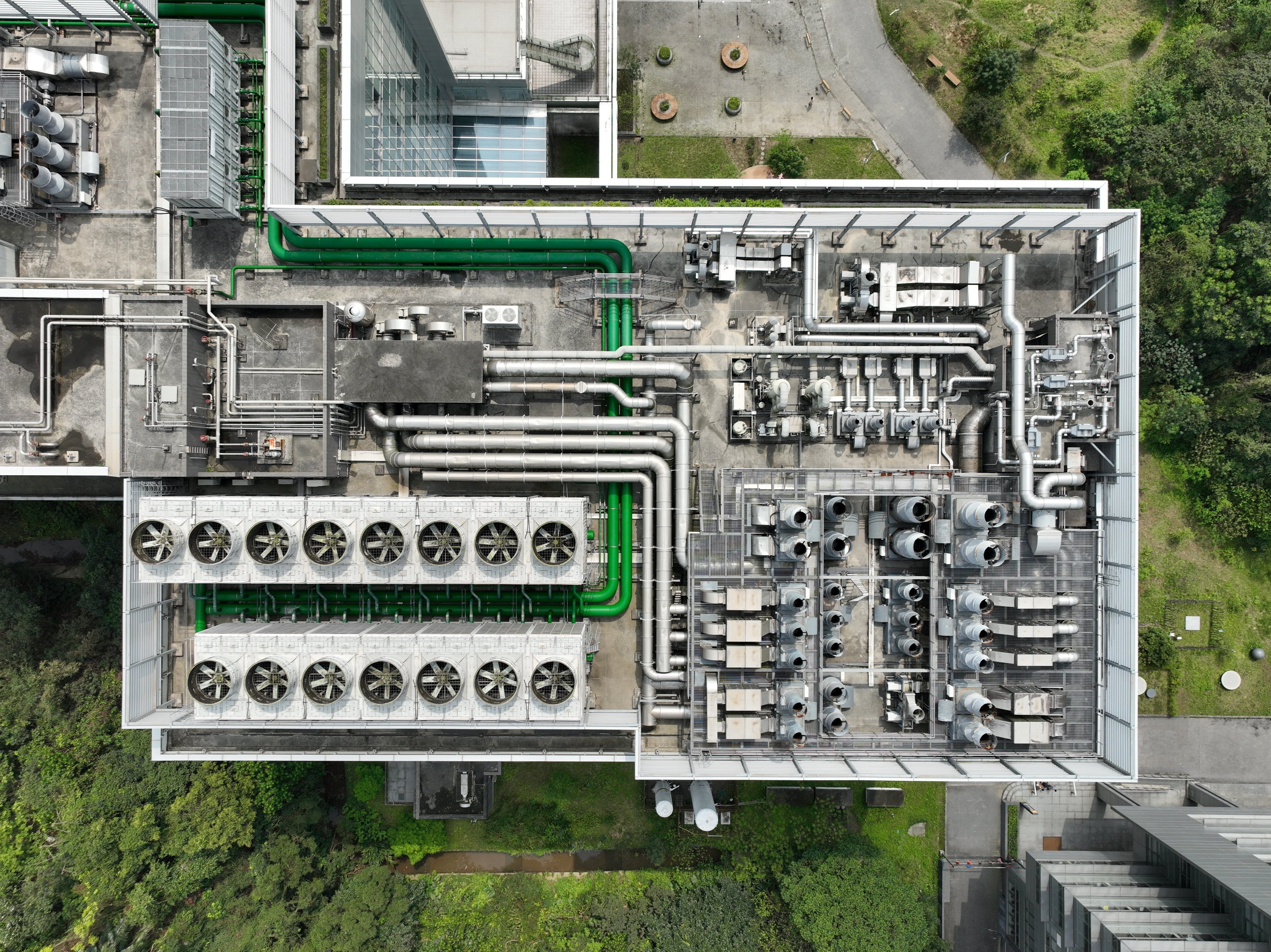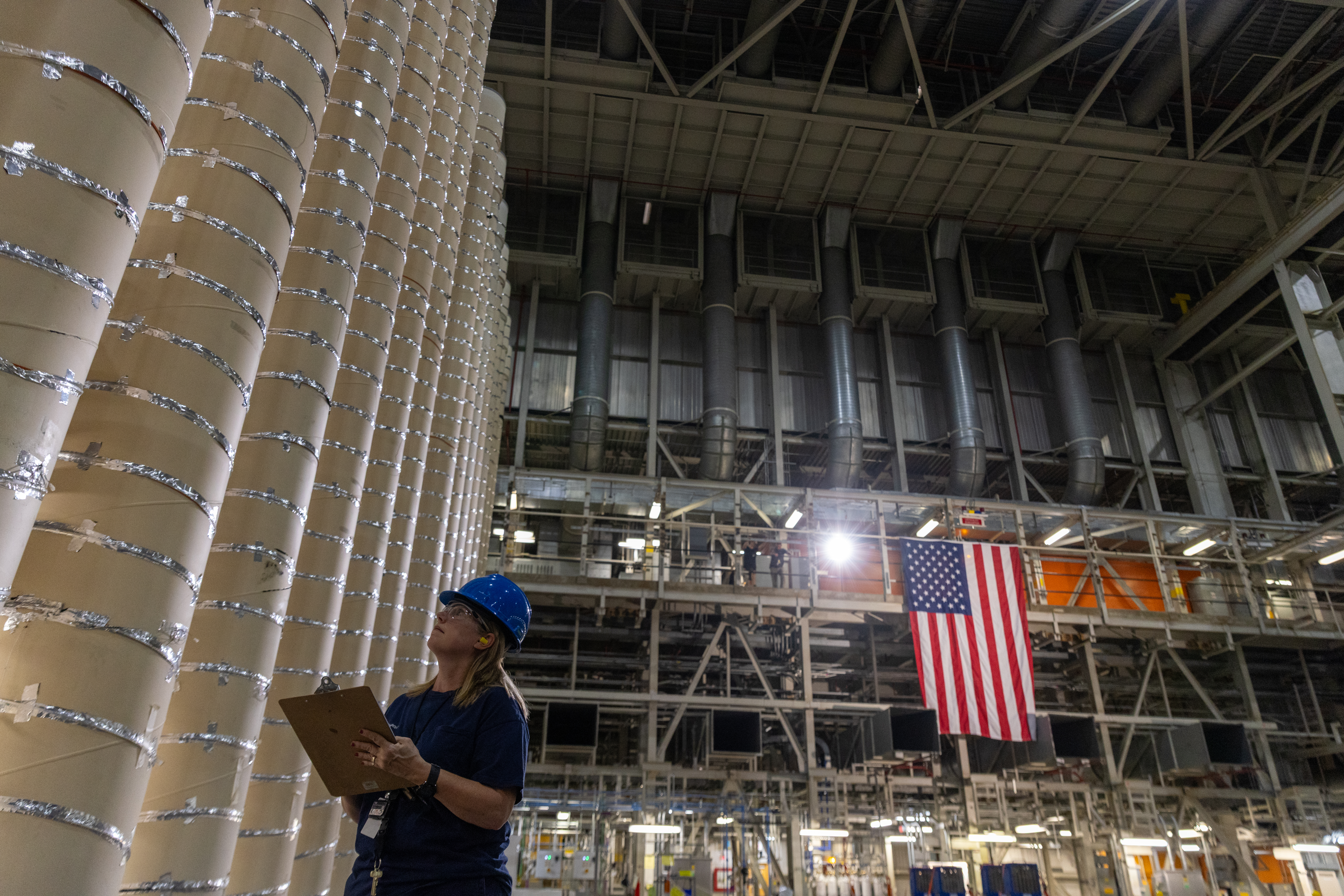KEY POINTS
-
Regulators cut Natrium reactor review timeline to 19 months, expediting TerraPower’s construction approval by the end of 2025.
-
TerraPower was the first developer to submit a construction permit application for a commercial advanced reactor. The reactor combines 345 MW output with scalable energy storage.
-
Federal support and technical strength drive TerraPower’s leadership in next-gen nuclear deployment.
TerraPower applauded the U.S. Nuclear Regulatory Commission’s (NRC) decision to expedite the review timeline for the company’s construction of its Natrium plant, Kemmerer Unit 1.
The announcement, made July 2, confirms the NRC will now complete its construction permit application (CPA) review by December 31, 2025, cutting the review period from 26 months to just 19.
TerraPower was the first developer to submit a construction permit application for a commercial advanced reactor to the NRC in March 2024. U.S. nuclear power is seeing renewed growth after years of limited development, driven by surging electricity demand from expanding data centers and the shift toward electrified transportation and manufacturing.
Once completed, the Natrium power plant project, estimated at around $4 billion, will be the first utility-scale advanced nuclear power plant in the United States. Known as Kemmerer Unit 1, the facility is under development in partnership with the U.S. Department of Energy’s Advanced Reactor Demonstration Program (ARDP), with a full operational date targeted for 2030.

A rendering of a Natrium reactor and energy storage system that combines advanced nuclear technology with molten salt storage, enabling flexible, carbon-free power generation to meet peak energy demands. Image: TerraPower
The Lincoln County, Wyoming, power plant will be constructed on a 16-acre nuclear island within a 44-acre site. It will occupy a smaller footprint relative to its power output than other Generation IV reactors.
Federal Momentum Fuels Regulatory Acceleration
The review timeline adjustment follows executive actions signed by President Trump in May 2025, aimed at streamlining federal regulatory approvals to advance U.S. nuclear capabilities. These orders have reinforced support for next-generation nuclear infrastructure amid rising energy demand and global competitiveness.
TerraPower’s President and CEO, Chris Levesque, attributed the accelerated schedule to the strength of TerraPower’s application and the federal commitment to innovation.
“This acknowledgement by the NRC… is a testament to the incredible work by our Natrium team and the support for advanced reactors at the federal level,” Levesque said in a statement. “Streamlining reviews is a commonsense solution that will accelerate permitting schedules and proves that we can bring safe, well-vetted American technologies to market faster and compete on the global stage.”
Regulatory Strategy and Technical Merit
TerraPower submitted its construction permit application in March 2024, becoming the first advanced nuclear developer to do so. The company said it has pursued a transparent regulatory path, emphasizing technical completeness and frequent dialogue with regulators.
The NRC’s revised timeline builds on earlier milestones:
-
February 2025: NRC confirmed it was ahead of schedule on safety review.
-
May 2025: NRC exempted the energy production and storage systems, half of the Natrium facility, from its scope, allowing early-stage construction to start in 2025.
 Chart of US nuclear power generation and capacity from 1985 to 2024, which is seeing renewed growth after years of limited development. Surging electricity demand is behind the renewed growth, from expanding data centers and the shift toward electrified transportation and manufacturing. Image: ConstructConnect, Data US Energy Information Administration
Chart of US nuclear power generation and capacity from 1985 to 2024, which is seeing renewed growth after years of limited development. Surging electricity demand is behind the renewed growth, from expanding data centers and the shift toward electrified transportation and manufacturing. Image: ConstructConnect, Data US Energy Information Administration
A Pioneering Project for U.S. Nuclear
The Natrium reactor design uses a 345 MW sodium-cooled fast reactor with special molten salt energy storage that can increase power output to 500 MW, enough to power about 400,000 homes, TerraPower said. This unique storage feature helps the plant work smoothly with renewables, making it the only advanced reactor of its kind.
With early-stage construction underway and an accelerated permit review path cleared, the Natrium project has the status of a first mover in advanced nuclear deployment. As part of the ARDP’s public-private framework, the project promises to set a precedent in permitting, construction, and market integration for next-generation nuclear power.
Natrium says their power-generating technology “enables simultaneous production of carbon-free electricity, heat, and steam to support decarbonization of power and industrial sectors. No other reactor has this capability.”
TerraPower and GE Hitachi Nuclear Energy are developing the Natrium reactor. TerraPower, founded by Bill Gates, leads the project and owns the plant through its subsidiary, US SFR Owner LLC. GE Hitachi provides its nuclear design expertise.
About ConstructConnect
At ConstructConnect, our software solutions provide the information construction professionals need to start every project on a solid foundation. For more than 100 years, our insights and market intelligence have empowered commercial firms, manufacturers, trade contractors, and architects to make data-driven decisions and maximize productivity.
ConstructConnect is a business unit of Roper Technologies (Nasdaq: ROP), part of the Nasdaq 100, S&P 500, and Fortune 1000.
For more information, visit constructconnect.com








